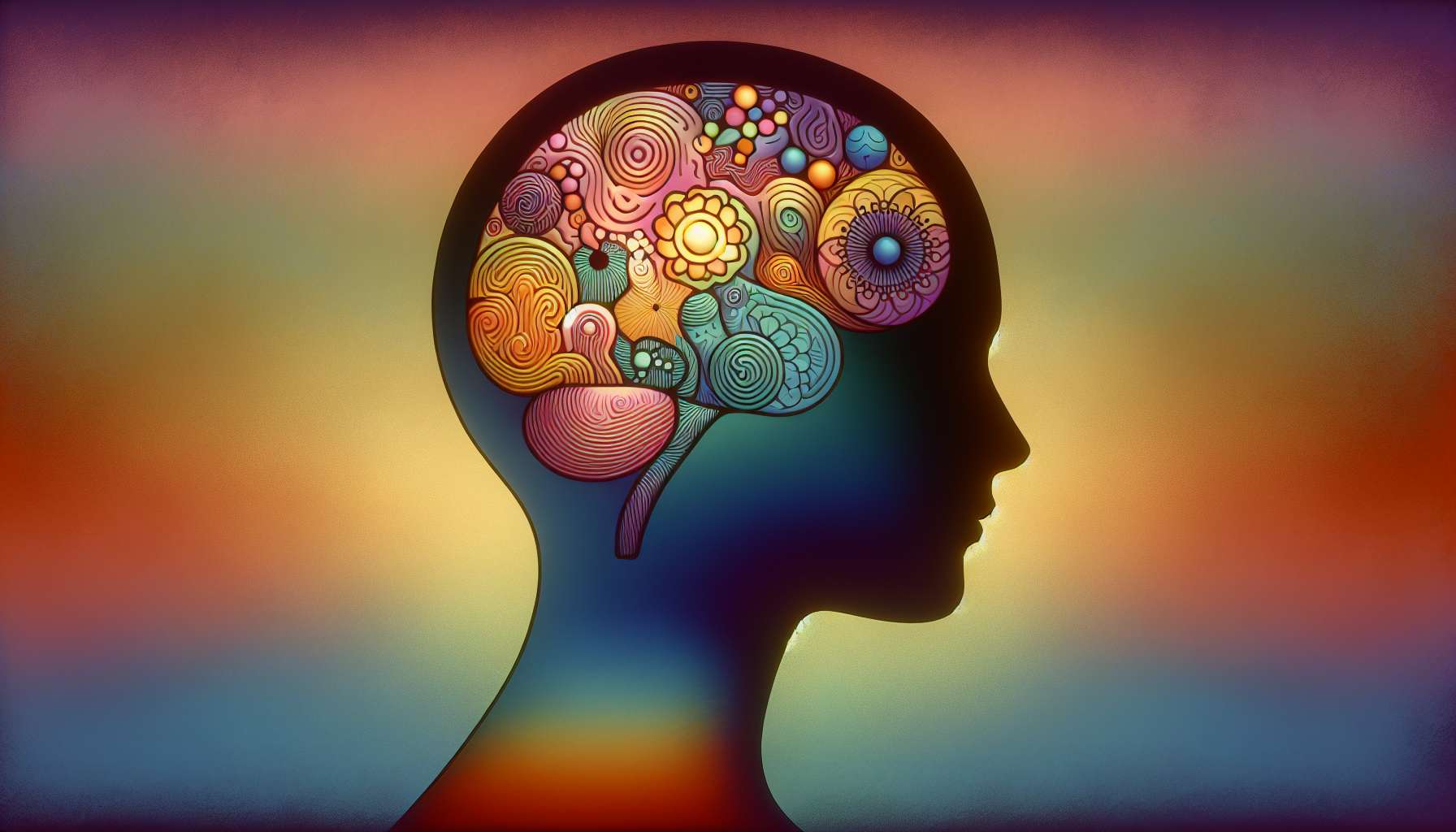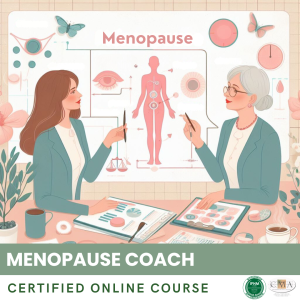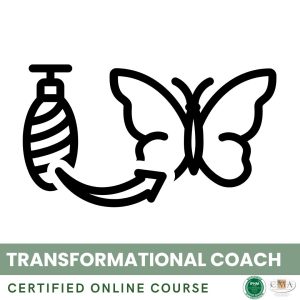Cognitive restructuring and thought management are essential tools in coaching LGBTQ+ individuals. They allow the identification and modification of dysfunctional thought patterns that can hinder well-being and fulfillment. By learning to identify and question their limiting beliefs, the person being coached can develop a more realistic and kind view of themselves and their situation.
Cognitive restructuring is based on the principles of cognitive therapy, which posits that our emotions and behaviors are influenced by our interpretation of events. When we encounter a situation, we spontaneously attribute meaning to it, often automatically and unconsciously. These automatic thoughts can be biased, exaggerated, or irrational, thereby generating negative emotions and inappropriate reactions.
For LGBTQ+ individuals, these cognitive distortions can be exacerbated by experiences of stigmatization, rejection, or discrimination. For example, a person who has experienced homophobic violence may develop the belief that they do not deserve to be loved, that they are fundamentally different and inappropriate. These negative thoughts, if unchallenged, can lead to low self-esteem, chronic anxiety, or avoidance behaviors.
Cognitive restructuring aims to identify these problematic thought patterns and replace them with more adaptive and realistic beliefs. The coach helps the individual gain awareness of their automatic thoughts, critically examine them, and consider alternative interpretations. It’s about developing cognitive flexibility, expanding one’s repertoire of thoughts, and softening one’s worldview.
Different techniques can be used to facilitate cognitive restructuring. Socratic questioning involves examining the evidence underlying a belief, considering other possible explanations, and evaluating the consequences of this thought. The downward arrow technique invites exploration of the deep meanings associated with a thought, looking at underlying implications and fears. Cognitive rebalancing encourages looking at a situation from different angles, identifying positive, negative, and neutral aspects.
Take the example of Sophie, a 30-year-old cisgender lesbian woman, who is having difficulties in her love relationships. When a potential partner does not follow up after a first date, Sophie automatically thinks: “I’m not good enough, nobody will ever want me.” In exploring this belief with her coach, she realizes that she is drawing hasty conclusions based on a single experience, without considering other possible explanations (lack of compatibility, inappropriate timing, etc.). She learns to soften her judgment and not generalize a single event to her overall personal worth.
Thought management complements cognitive restructuring. It aims to develop better control over one’s inner discourse, learning to observe one’s thoughts with distance and guide them in a more constructive direction. It’s not about denying or suppressing negative thoughts, but welcoming them with kindness while choosing not to let them invade one’s mind.
Different strategies can be mobilized to manage one’s thoughts. Cognitive defusion involves taking a step back from one’s inner experience, observing one’s thoughts as transient mental events, without necessarily adhering to them. Mindfulness practice helps to develop attention to the present moment, detaching from mental ruminations, and cultivating an attitude of acceptance. Self-compassion encourages speaking to oneself with the same kindness and indulgence that one would show to a friend in difficulty.
Let’s go back to Sophie’s example. When she notices that she is starting to ruminate on being single and worry about ending up alone, she uses the “passing cloud” technique: she imagines her negative thoughts as clouds in the sky, appearing and disappearing, without needing to attach to them. She also practices conscious breathing to refocus on the present moment and alleviate her anxiety. Lastly, she learns to speak to herself gently, reminding herself that her relational difficulties do not undermine her intrinsic worth as a person.
Cognitive restructuring and thought management are skills that develop over time and with practice. The coach supports this journey by proposing targeted exercises, encouraging self-observation, and valuing progress made. They ensure that this cognitive work is part of a holistic approach, taking into account the individual’s emotions, behaviors, and environment.
For LGBTQ+ individuals, often confronted with negative messages and internalized prejudices, this cognitive restructuring work is of particular importance. It supports the development of a positive self-image, learning to deconstruct limiting beliefs related to one’s sexual orientation or gender identity. It allows one to free oneself from oppressive mental narratives, to build a more fulfilling and authentic relationship with oneself and the world.
Points to remember:
– Cognitive restructuring and thought management are essential tools in coaching LGBTQ+ individuals to identify and modify dysfunctional thought patterns.
– Cognitive therapy postulates that our emotions and behaviors are influenced by our interpretation of events. Cognitive distortions can be exacerbated in LGBTQ+ people due to experiences of stigmatization, rejection, or discrimination.
– Cognitive restructuring aims to identify problematic thought patterns and replace them with more adaptive and realistic beliefs, by developing cognitive flexibility.
– Various techniques can be used, such as Socratic questioning, the downward arrow technique, and cognitive rebalancing.
– Thought management aims to develop better control over one’s inner discourse, learning to observe one’s thoughts with distance and guide them in a more constructive direction.
– Thought management strategies include cognitive defusion, mindfulness practice, and self-compassion.
– For LGBTQ+ individuals, this cognitive work is particularly important for developing a positive self-image and freeing oneself from limiting beliefs related to sexual orientation or gender identity.
– The coach supports this journey by offering targeted exercises, encouraging self-observation, and acknowledging progress made, within a holistic approach.
👉 To download docx (Editable) file click here : Click here
👉 To download PDF file click here : Click here
👉 To download MP3 file click here : Click here







